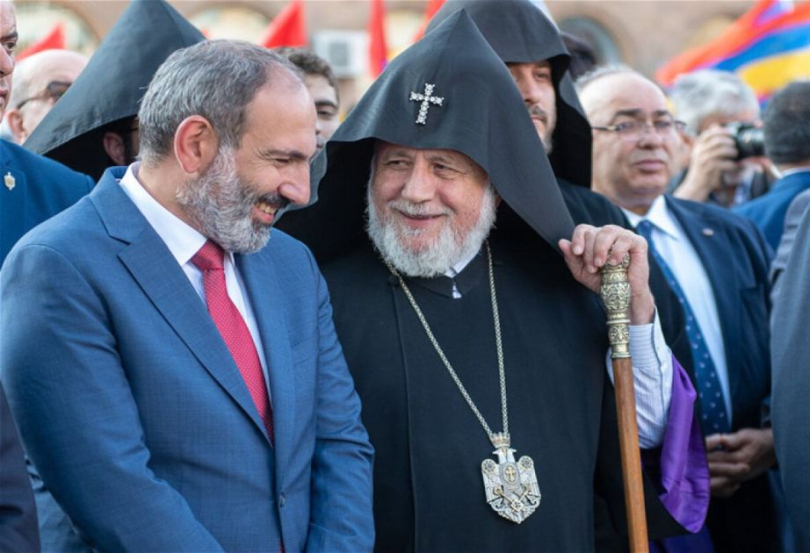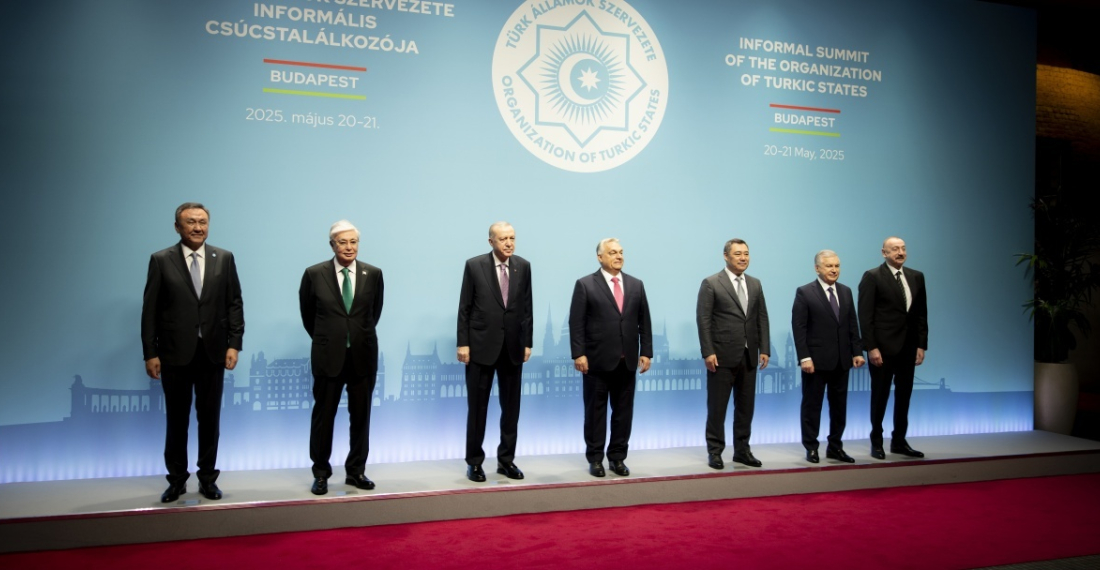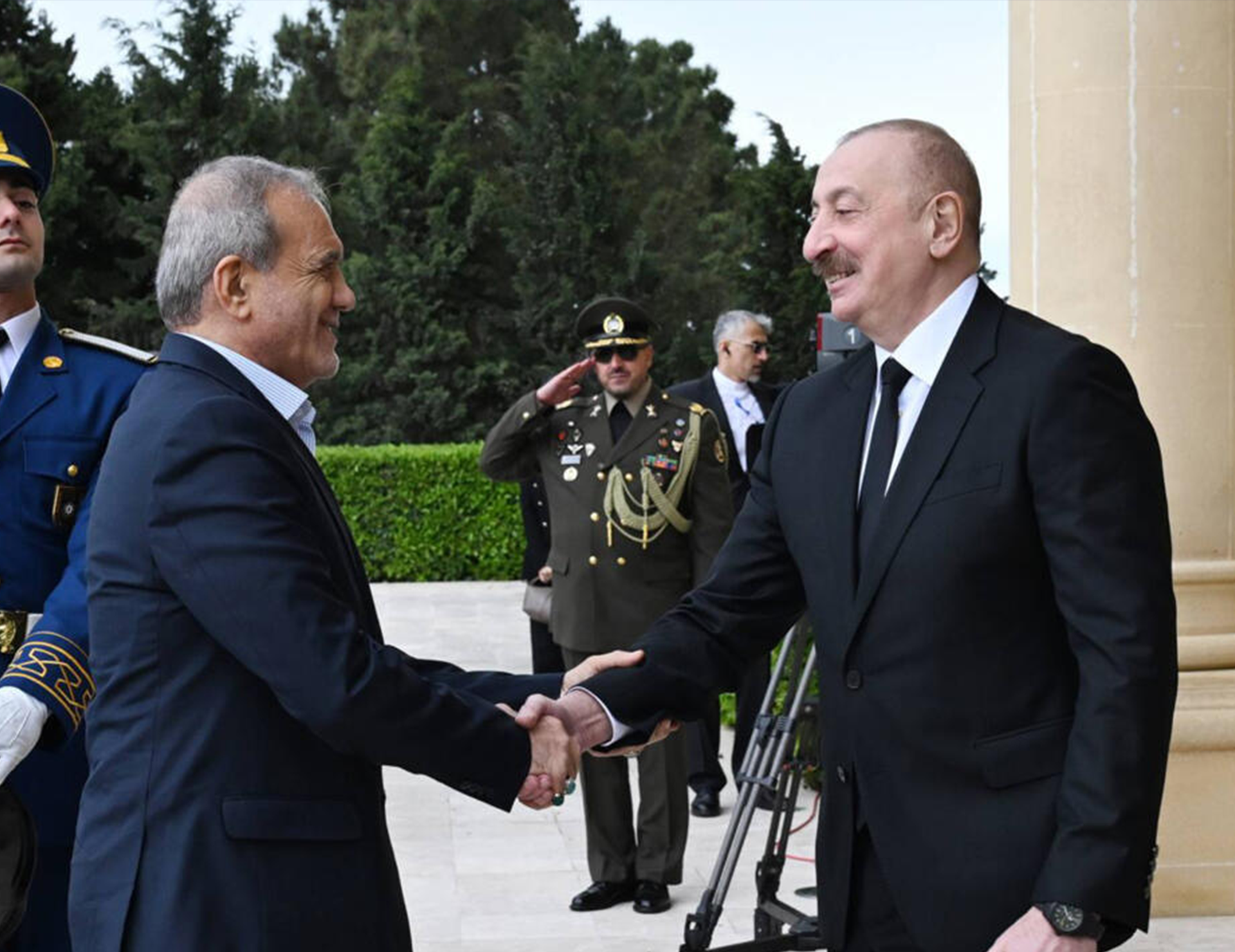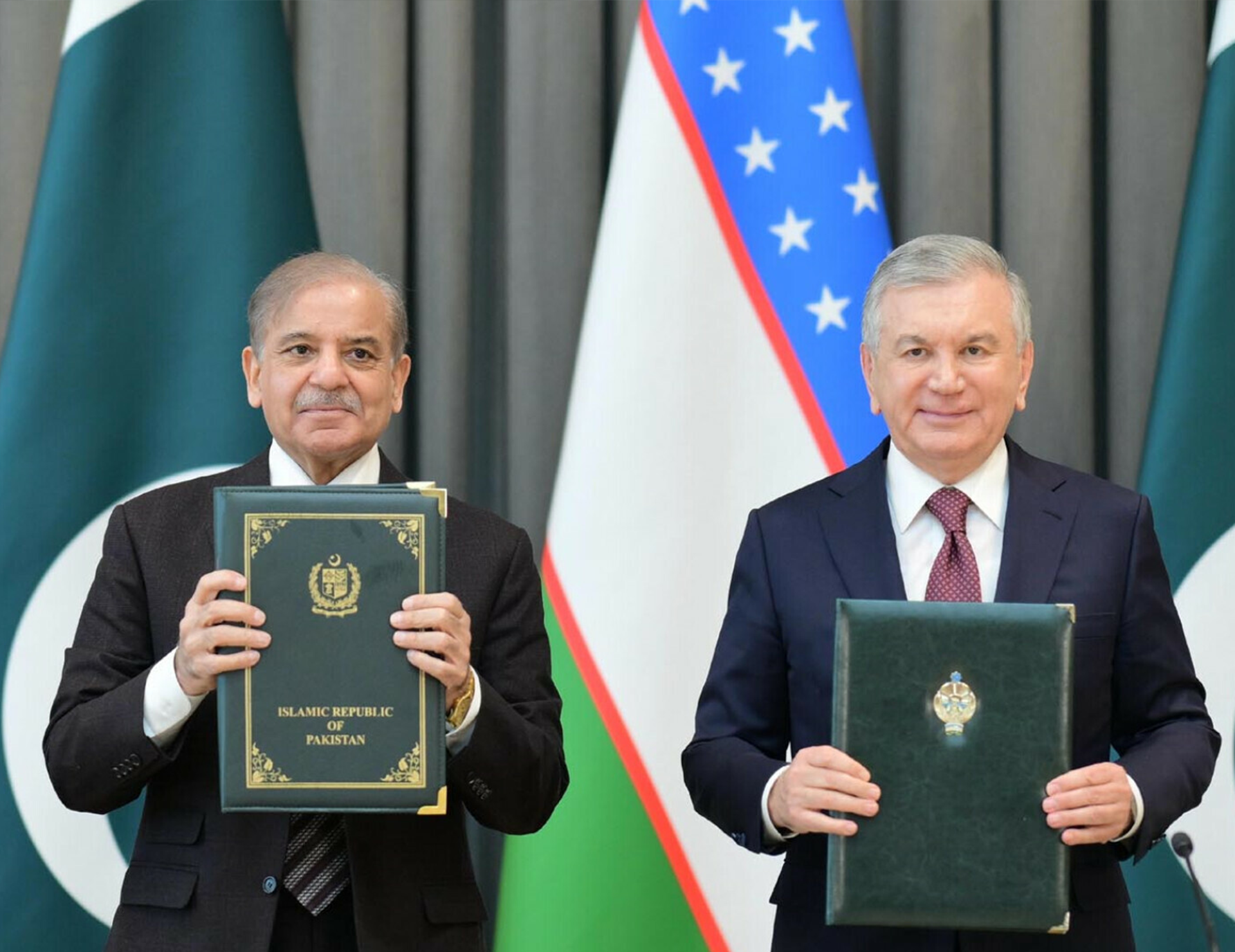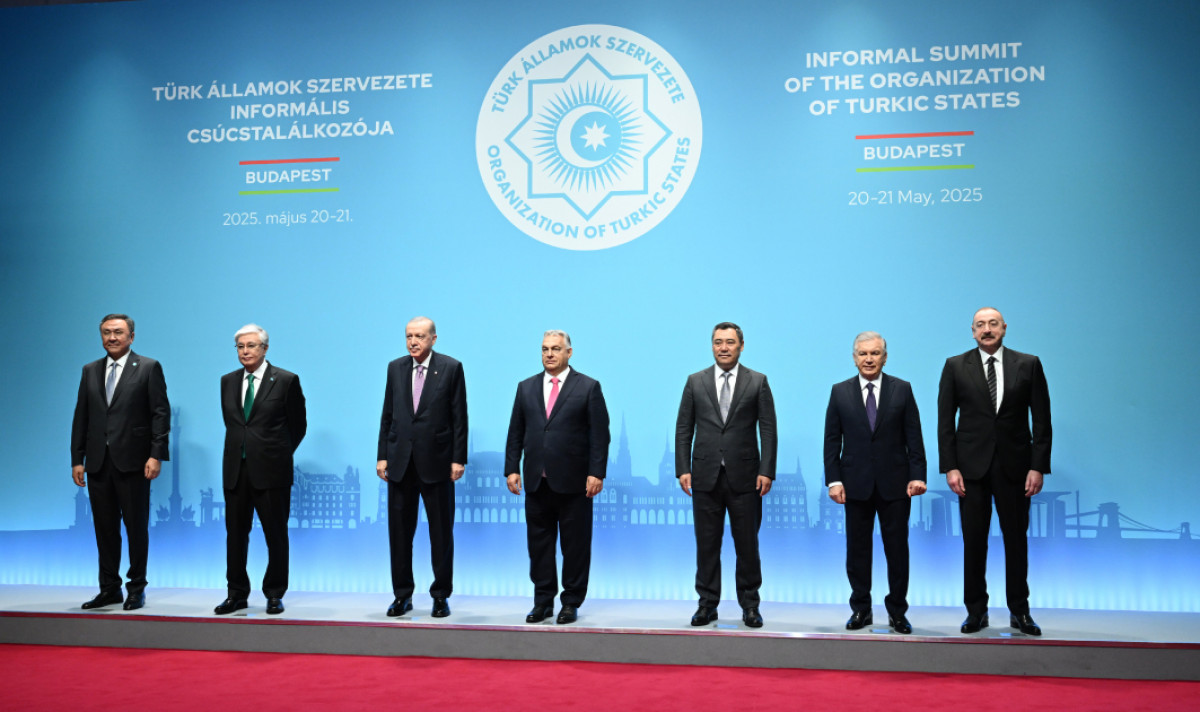The conflict between Armenia’s Prime Minister Nikol Pashinyan and the Armenian Apostolic Church, which has intensified in recent months, has caused significant upheaval in the country’s political and spiritual life. This confrontation affects not only the relationship between the state and the church but also impacts Armenia’s internal stability and foreign policy direction. Pashinyan’s harsh rhetoric toward the church—especially the accusations aimed at Catholicos Garegin II—has deeply divided society. His remarks referring to the church as “storage rooms” and insinuations that clergy members fail to uphold their vow of celibacy were seen as part of a deliberate campaign to discredit the religious hierarchy. Following Armenia’s defeat in the 2020 Karabakh war, the Armenian Apostolic Church openly took an oppositional stance against the government, demanding Pashinyan’s resignation. This conflict only reinforced the prime minister’s perception of the church as a political rival. The roots of the current crisis trace back to the tragic events of 2020, when both church leaders and the opposition hold Pashinyan primarily responsible for the country’s military defeat.
Open criticism of Catholicos Garegin II toward the government, along with his calls for Pashinyan’s resignation, only hardened the prime minister’s stance against the church. By interfering in the internal affairs of the Armenian Apostolic Church, Pashinyan began publicly leveling accusations concerning the Catholicos’s personal life—an action the church viewed as a threat to national security. The prime minister’s statement that “if the Catholicos has broken his vow of celibacy, he should step down” was seen as an unacceptable intrusion into the affairs of an independent religious institution.
The church’s response was equally sharp. The Supreme Spiritual Council described Pashinyan’s rhetoric as “offensive to religious sentiments” and “damaging to national unity.” Archbishop Bagrat Galstanyan, particularly active within the “Tavush for the Homeland” movement, emerged as one of the leading figures in the opposition against the prime minister. He condemned the government’s anti-clerical campaign as a sign of disrespect and portrayed Pashinyan himself as “a man from the streets,” someone lacking a true understanding of statehood fundamentals. The situation worsened with the involvement of the prime minister’s wife, Anna Hakobyan. Her harsh remarks targeting the clergy, in which priests were labeled “pedophiles” and “criminals,” sparked widespread outrage in society. These accusations remained unproven and were strongly criticized by the church as irresponsible and unacceptable rhetoric.
Some analysts interpret Pashinyan’s attacks on the church as an attempt to clear the way for peace negotiations with Azerbaijan and Türkiye. They argue that the Armenian Apostolic Church’s rigid stance on the Karabakh issue hinders progress toward a lasting agreement. However, this strategy faces strong resistance within the country, as the church remains a powerful and mobilizing force in Armenian society. The prime minister’s harsh rhetoric against the clergy is also seen as a tactic to divert attention from internal crises. Economic hardships, the dire situation of displaced persons from Karabakh, and signs of democratic backsliding have all increased public dissatisfaction with his administration. Against this backdrop, the confrontation with the church may serve as a tool to shift the public focus, but at the same time, it further deepens societal polarization. Pashinyan’s proposal for state intervention in the election of the Catholicos has been particularly controversial. This move is viewed as unconstitutional and has drawn criticism from human rights advocates.
Former Foreign Minister Vartan Oskanian described Pashinyan’s rhetoric as “undermining the national principles” and “dangerous.” Some sources highlight Russia’s role in Pashinyan’s campaign against the church, noting that the church takes direction from Moscow—a claim that many consider well-founded.
The conflict also impacts Armenia’s foreign policy. The church views Prime Minister Pashinyan’s peaceful negotiations with Azerbaijan and his diplomatic gestures toward Türkiye as a form of “capitulation.” The church’s coordinated actions with the opposition, especially the Tavush for the Homeland movement, create obstacles for the implementation of the prime minister’s peace agenda. At the same time, Pashinyan’s harsh rhetoric directed at the church undermines the already fragile internal stability of the country. This conflict reflects an ideological struggle that will shape Armenia’s future path. Despite Pashinyan’s declarations about building a “modern” and “forward-looking” state, authoritarian tendencies continue to exert influence within the country.
Moreover, the conflict significantly weakens the unity of Armenia’s political elite. Pashinyan’s confrontational tone toward the church diminishes his standing in foreign affairs because advancing regional peace negotiations requires solid internal support.
Ultimately, the confrontation between Pashinyan and the Armenian Apostolic Church deeply affects not only the religious-political landscape but also Armenia’s national identity and its future development. While Pashinyan’s tough stance against the church may yield short-term political gains, in the long run, it exacerbates social divisions and risks pushing the country into more severe crises. Ensuring stability and peace in Armenia depends heavily on both sides being willing to engage in dialogue and compromise — something that currently appears unlikely.
Possible consequences of the standoff between Pashinyan and the Armenian Apostolic Church:
• Increased political tension and risk of fragmentation
The conflict intensifies political confrontation, with the church and opposition uniting against the prime minister. This alliance deepens political fragmentation and threatens the stability of the government.
• Weakening of the church’s political influence and advancement of secular reforms
Pashinyan is pushing to reduce the church’s privileges in state affairs by separating religious and governmental spheres. This limits the church’s ability to shape policy and supports the strengthening of a secular state structure.
• Division of society into two camps
For many years, Armenian society has been closely tied to the church. Pashinyan’s firm position against the church deepens the divide between those loyal to religious traditions and supporters of the prime minister’s reform agenda.
• Escalation of ideological struggle
By accusing the church of “immorality,” Pashinyan has effectively launched an ideological war. This has sparked intense debates and conflicts around national and religious values, significantly raising ideological tensions in the country.
• Strengthening of Russian and foreign influence
Russia backs the Armenian church, and Pashinyan claims the church is under Moscow’s control. This conflict could lead to shifts in Armenia’s foreign policy and alter the regional balance of power.
• Repressive measures to consolidate power
Pashinyan is taking strict actions against the church, increasing control over religious institutions and restricting the church’s political activities. While these measures aim to strengthen his authority, they risk provoking public discontent.
• Potential deepening of the conflict and risk of political crisis
Turning the standoff into a life-or-death struggle raises the possibility that the conflict will evolve into a prolonged and complicated political crisis. This could impact the 2026 parliamentary elections and make Armenia’s political future uncertain.

